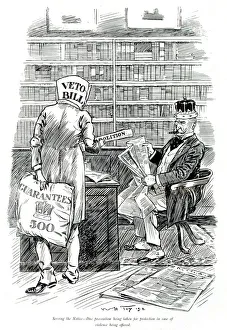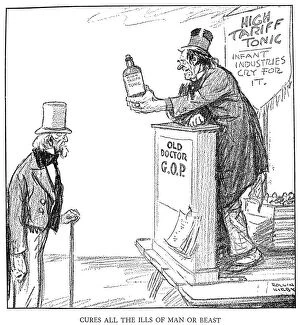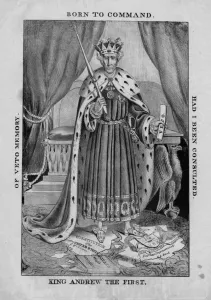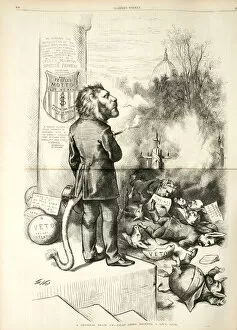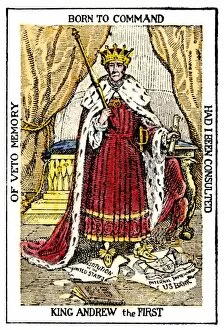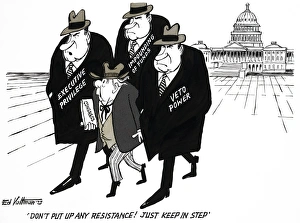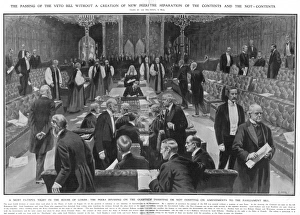Veto Collection
In the world of politics, the power to veto has often been a contentious and powerful tool
All Professionally Made to Order for Quick Shipping
In the world of politics, the power to veto has often been a contentious and powerful tool. From cartoons depicting historical events to satirical illustrations of modern-day leaders, the concept of "veto" has been creatively explored throughout history. One such cartoon, titled "The Veto Bill, " by W. H. Toy, captures the essence of this political maneuver. Depicting a scene where President Woodrow Wilson wields his veto power against a bill, it symbolizes his ability to reject legislation that does not align with his beliefs or policies. Similarly, Rollin Kirby's 1921 cartoon titled "Cures All the Ills of Man or Beast" comments on President Warren G. Harding's decision to sign into law the Fordney Emergency Tariff Bill after it was previously vetoed by Wilson. This illustration highlights how different presidents can have opposing views on crucial matters and exercise their right to either approve or reject proposed laws. Moving back in time, we encounter an artistic representation from 1436: St. Ambrose refusing Roman Emperor Theodosius I admission to the Church in Milan. In this tempera painting and fresco detail respectively, we witness an instance where religious authority exercises its own form power - denying entry based on moral grounds. Shifting gears towards satire and caricature, lithographs like "King Andrew the first" from c. 1833 depict President Andrew Jackson as an authoritarian figure who abuses his presidential powers through excessive use of vetoes. These illustrations serve as reminders that even leaders can face criticism for their decisions regarding vetoes. Furthermore, wood engravings like "A General Blow Up - Dead Asses Kicking a Live Lion" from 1874 present a metaphorical portrayal of various interests conflicting over issues related to vetoes and political power struggles. Fast-forwarding to more recent times, cartoons such as "Nixon: Don't put up any resistance. Just keep in step" and "Grover Cleveland: Mutiny.





